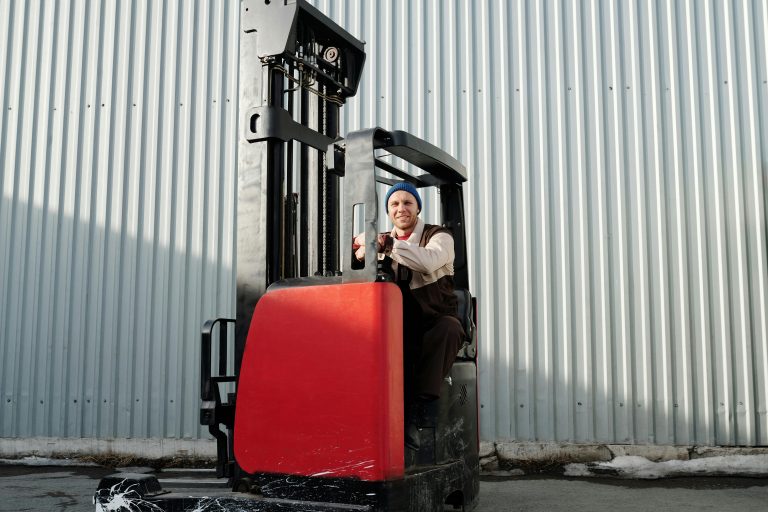- Establish safe play areas to provide parents peace of mind and fuel children’s imaginations.
- Organize community events to foster a sense of belonging, let kids express themselves artistically, and teach them teamwork and sportsmanship.
- Foster an environment of inclusion by celebrating differences and teaching empathy.
- Encourage educational initiatives such as book clubs, tutoring programs, and workshops.
- Advocate for summer programs to keep children engaged during breaks and let parents know their kids are in safe hands.
Ensuring that the children in your community are happy and thriving is the responsibility of parents and the entire community. A content child often leads to a content adult, positively shaping the neighborhood’s future. Here are five tips to cultivate an environment that nourishes the younger generation, guaranteeing their well-being and happiness.
1. Establish Safe Play Areas
Children need to have areas where they can play, explore, and express themselves without any immediate dangers. Ensuring that local parks, playgrounds, and even streets are safe can provide parents peace of mind and allow children to enjoy their childhood.
Organize neighborhood watches, ensure well-maintained playground equipment, and advocate for speed limits or speed bumps in areas where children frequently play. Taking these steps makes the community a haven for its youngest residents.
2. Organize Community Events
Community events allow children to socialize, make new friends, and feel a deeper connection to their neighborhood. These events can range from local fairs, talent shows, and storytelling sessions to sports days.
Organizing these events allows children to showcase their talents, learn new skills, and bond with their peers. Additionally, these events can foster a sense of belonging, making children feel valued and an integral part of the community.
Here are some ideas for community events:
Arts and Crafts Fair
An arts and crafts fair can be a great way to encourage children’s creativity. The fair could feature various activities, including painting, pottery, and jewelry-making. Kids can either bring their own creations to display or make something on the spot in one of the many craft booths. It’s not just an opportunity for them to express themselves artistically but also to appreciate the craftsmanship of others.
Neighborhood Sports Day

A neighborhood sports day can foster teamwork and promote a healthy lifestyle among children. The event can include a variety of team competitions and individual sports like relay races, soccer, or badminton. Not only does it promote physical fitness, but it also teaches children about sportsmanship and the value of fair play.
Outdoor Movie Night
An outdoor movie night can be a fun and relaxed event for the community. Set up a projector in a local park, provide comfortable seating, and screen family-friendly movies. This entertains the children and provides a great platform for families to spend quality time together.
Community Cleanup Drive
Organizing a Community Cleanup Drive can instill a sense of responsibility and care for the environment in children. This event entails picking up litter in various parts of the neighborhood and disposing of it properly. It provides a practical lesson on the importance of cleanliness and environmental conservation.
3. Foster an Environment of Inclusion
Every child is unique, with their own set of strengths, challenges, backgrounds, and stories. It’s essential to foster an environment where differences are celebrated and every child feels accepted and included.
Promote and participate in community initiatives that teach children about different cultures, backgrounds, and abilities. Workshops, school programs, or even casual community gatherings highlighting diversity can benefit. Inclusion ensures that children feel seen and heard and teaches them empathy and understanding from a young age.
4. Encourage Educational Initiatives

Education is a cornerstone of a child’s development. However, learning isn’t confined to the walls of a school. Encourage local libraries to host book clubs for children, initiate tutoring programs for those who need extra help, or even set up workshops where children can learn new skills or arts.
By emphasizing continuous learning, you ensure that children in the community are intellectually stimulated. This benefits their academic growth and personal development, instilling in them a lifelong love for learning.
5. Advocate for Summer Programs
Summer breaks, while relaxing, can sometimes lead to boredom or even learning loss for children. By advocating for and supporting fun summer programs, you ensure that children remain engaged and have avenues to continue their personal and academic growth.
Whether it’s a summer reading challenge at the local library, a sports camp, or a community-driven art workshop, these programs provide children with a structured environment to learn, play, and socialize. Moreover, they reassure parents that their children are in safe hands and are making the most of their summer break.
Final Words
Happy children lead to a happier, more vibrant community. It takes a collective effort to ensure every child feels safe, valued, and content. By focusing on these five areas, you can play a pivotal role in shaping a community where children thrive, setting them up for a brighter and more fulfilling future.





